Travel
Revisiting 7 Classic Driving Rules That Keep Drivers Safe
By Grace Kilander · November 18, 2025
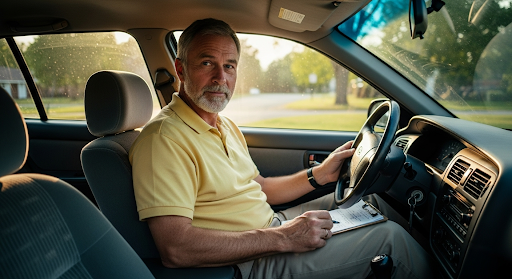
So, let's dust off some of that timeless wisdom—those classic rules that your driving instructor probably drilled into you. They're still the absolute best way to stay safe out there. Image generated by Gemini
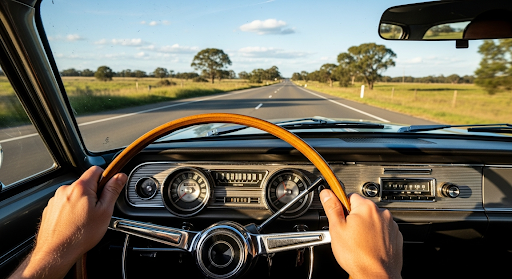
1. Whatever Happened to '10 and 2'?
We all learned "10 and 2" for our hands on the wheel. It was like gospel. But here's the thing: that was a rule for cars before airbags. Nowadays, if that bag deploys in a crash, it explodes out at over 100 mph. If your arms are at "10 and 2," the bag can slam them right back into your face and chest, causing serious injuries.The modern, safer way is to keep your hands lower, at '9 and 3' or even '8 and 4'. This keeps your arms out of the bag's "deployment zone."
As a bonus, it's actually a better position for control. At "9 and 3," you can make a 180-degree turn using a smooth "push-pull" motion without ever crossing your arms or getting tangled up in a panic swerve. © Gemini

2. The Good Ol' Three-Second Rule
This one's a true classic because it's so simple and it just works. It's the simplest way to avoid rear-ending someone. Why three seconds? It's not a random number. Think of it as a reaction stack:Second 1: Your brain sees the car ahead slam on its brakes and realizes, Uh oh, hazard!
Second 2: Your foot physically moves off the gas pedal and over to the brake.
Second 3: You press the brake, and the car's mechanical and hydraulic systems engage to start slowing you down.
That's the bare minimum time you need in perfect, dry conditions. If it's raining, your tires are a little old, or you're behind a giant truck you can't see around, that needs to be four, five, or even six seconds. © Gemini
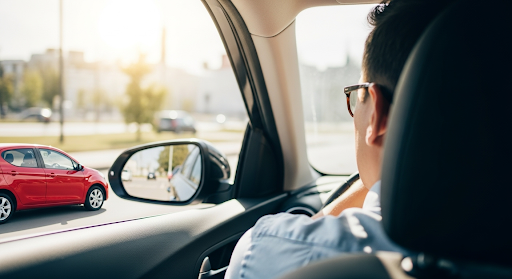
3. Don't Just Trust Your Mirrors (Do the Head Check!)
Mirrors are great, but they don't tell you the whole story. Every single car has a blind spot, and it's almost always exactly where a motorcycle or a small vehicle loves to hide.Before you change lanes or merge, you have to do that quick over-the-shoulder glance. We're not talking a long stare—just a quick "head check" to confirm the coast is clear.
A good tip is to set your side mirrors so you just barely lose sight of your own car's door handles. This pushes your view outward and shrinks that blind spot. But it never eliminates it. Those fancy new blind-spot lights are helpful aids, but they're not a replacement for your own two eyes. © Gemini
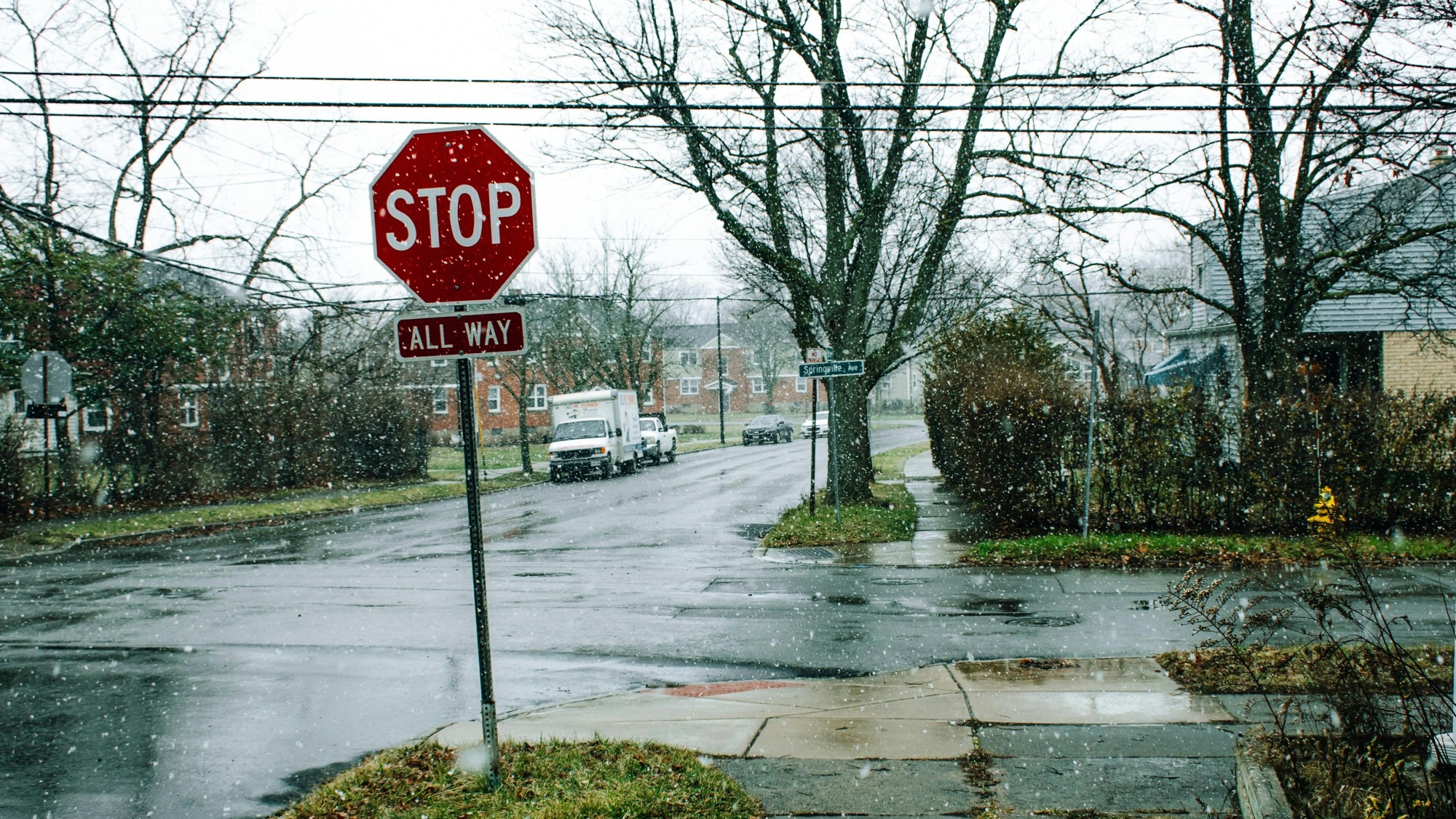
4. Who Goes First at a 4-Way Stop?
Ah, the 4-way stop. It's not a test of nerves! It's just a simple, polite dance. The rule is easy: the first to stop is the first to go.At a four-way stop, the vehicle on the right goes first. If four stop at once, it's yield-to-the-right, so use eye contact and confirm who goes with a wave. Always stop fully and be predictable. © RITESH SINGH via Pexels
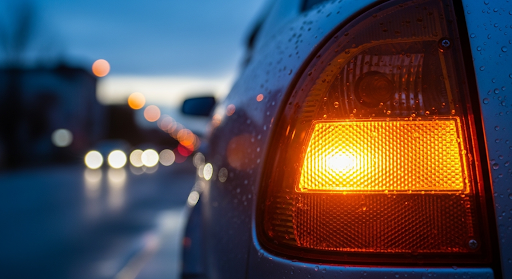
5. Use Your Blinker! (It's Not Optional)
Your turn signal is your car's way of talking to every other vehicle on the road. Not using it is like walking into a crowded room and just shoving people out of the way. It's rude, and it's dangerous.Signaling is vital. The sound alerts drivers behind you that you're slowing and signals safety to those waiting to turn left. Legally, signal at least 100 feet before your turn. On faster roads or highways, provide more warning—five seconds is preferable. © Gemini
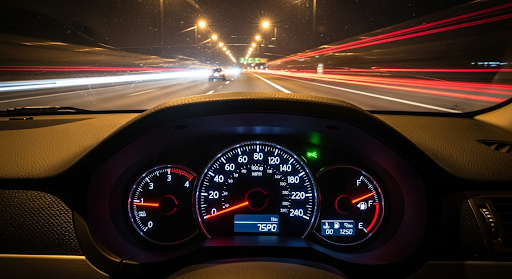
6. Lighten Your Lead Foot
Speed limits exist for a reason: physics. Doubling your speed (e.g., 30 to 60 mph) doesn't just double your stopping distance—it quadruples it. Your car's safety features, like stability control, just can't keep up. The NHTSA said that in 2023, speeding contributed to nearly a third (29%) of all traffic deaths.Speeding isn't just about breaking the limit; it's also going "too fast for conditions" like rain, fog, heavy traffic, or dark, winding roads. The consequences are serious: huge fines, license points, and soaring insurance costs.
Facing a serious driving violation in Virginia or North Carolina? Contact a qualified speeding ticket lawyer at Parks Zeigler attorneys-at-law (with offices in Virginia Beach, Chesapeake, and Elizabeth City) to understand your options and protect your driving record. © Gemini
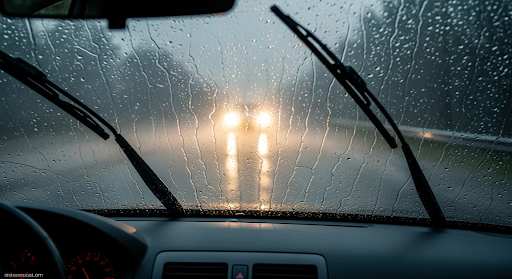
7. Wipers On? Lights On.
This one is pure, simple logic. If it's raining or snowing hard enough that you need your wipers, it's hard for others to see you.Bright DRLs on modern cars can mislead drivers into thinking all lights are on, but DRLs often don't activate the taillights. This leaves the rear of the car invisible in poor weather. The "wipers on, lights on" rule is essential to ensure the full lighting system—headlights and taillights—is active for all-around visibility. © Gemini
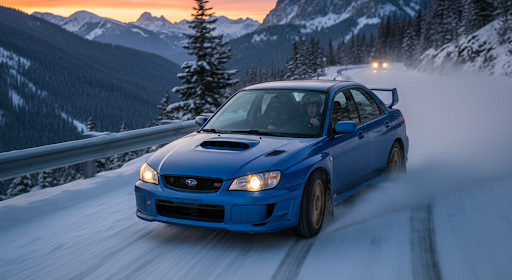
8. What Steer Into the Skid Actually Means
This is probably the most terrifying (and most misunderstood) piece of classic driving advice. A skid is when your tires lose their grip on the road—from ice, water, gravel, or just-plain panic braking. Your instinct is to slam the brakes and yank the wheel, which is the worst thing you can do.If the back of your car (the tail) slides, steer gently in the direction of the slide to align the front tires with the car's movement and regain traction. For example, if the tail slides right, steer right. Straighten the wheel immediately once the car is facing forward. Focus your gaze where you want to go, and make smooth corrections. © Gemini
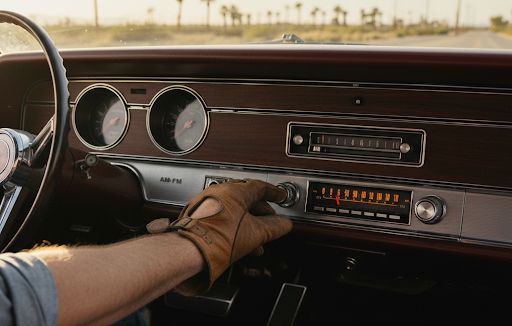
9. Just. Drive. (The Phone Can Wait)
Back in the day, the big distraction was tuning the radio or trying to unfold a giant paper map. The principle is the same today, but the temptation is a thousand times worse: the smartphone.Distraction has three types:
1. Manual (hands off the wheel)
2. Visual (eyes off the road)
3. Cognitive (mind off driving)
Texting is all three. Even hands-free calls or arguments are cognitive distractions. Since the brain cannot multitask, safe driving needs full focus. Set the GPS and music before driving. © Gemini
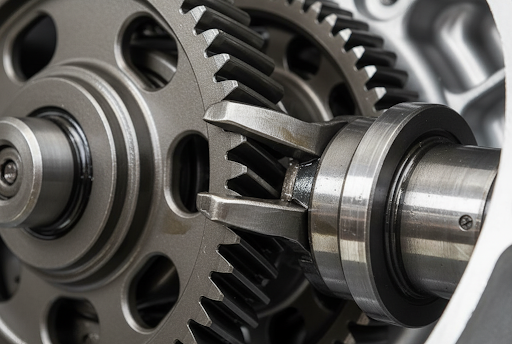
10. Always Use Your Parking Brake
If you drive an automatic, putting it in "Park" is a bad habit. The "P" setting relies on a small metal pin in the transmission called a parking pawl, which slots into a gear to stop it from turning.When you're on a hill and just throw it in "Park," the entire weight of your car—thousands of pounds—rests on that one, quarter-sized piece of metal. Ever feel that "thunk" when you shift out of Park on a hill? That's the pawl violently disengaging.
The right way to park is to come to a stop, pull the parking brake up firmly (to let the brakes hold the weight), then shift into Park. Your transmission will thank you. © Gemini